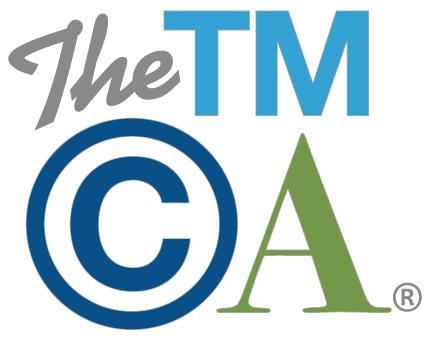Court tells Brooklyn Artist to “Fugetaboutit” on Her Copyright Claims against Starbucks
 Maya Hayuk is a Brooklyn artist known for her vivid murals that use a variety of geometric shapes punctuated by bright hues and layers of dripping paint. In June of 2015, Hayuk filed a complaint against Starbucks on copyright grounds. She claimed that Starbucks copied various pieces of her artwork for its Frappuccino advertising campaign, consisting of point of sale and video promotional material. She did not assert that any particular “Frap ad” infringed any particular piece of her artwork. Instead, she alleged that Starbucks copied the “look and feel to some or all” of her works. To support this proposition, Hayuk cropped and cut certain portions of her works and compared those portions to portions of the Frap ads.
Maya Hayuk is a Brooklyn artist known for her vivid murals that use a variety of geometric shapes punctuated by bright hues and layers of dripping paint. In June of 2015, Hayuk filed a complaint against Starbucks on copyright grounds. She claimed that Starbucks copied various pieces of her artwork for its Frappuccino advertising campaign, consisting of point of sale and video promotional material. She did not assert that any particular “Frap ad” infringed any particular piece of her artwork. Instead, she alleged that Starbucks copied the “look and feel to some or all” of her works. To support this proposition, Hayuk cropped and cut certain portions of her works and compared those portions to portions of the Frap ads.
Starbucks served up a motion to dismiss, asserting it would be a Tall order for Hayuk to prevail. As it turns out, the Court found Hayuk’s legal claims to be a bit of a strange brew. Notably, the Court first observed that “raw materials” such as colors, letters, and descriptive facts and “the catalog of geometric forms” are all part of the public domain and not protectable. The Court further observed that on a motion to dismiss it could apply the “ordinary observer” test to the works at issue to assess whether the similarity between them concerns “only non-copyrightable elements of the plaintiff’s work.”
Applying this standard, the Court concluded that none of the Frap ads were substantially similar to “the total concept and feel” of protectable elements of any of Hayuk’s works. Although the Frap ads and Hayuk’s works shared “overlapping colored rays in a general sense,” such elements are in the public domain. Further, the Court noted that when the total concept and feel of Hayuk’s works were considered (as opposed to the cropped and cut versions that were compared to the Frap ads) the dissimilarities were simply too Grande to support a claim for copyright infringement. The Court’s ruling against Hayek can aptly be summed up in one word: Fugetaboutit.
There are a couple of notable aspects to the Court’s decision. First, geometric shapes, rays, colors and the like are ideas that are considered to be in the public domain, even if those raw elements are used or combined to create a work of “high art.” Second, the Court’s analysis is a good reminder that if one is attempting to prove that the “total concept and feel” of a work has been purloined, it is necessary to analyze the total concept and feel of the copied work as a whole, not just cropped portions of it that share the most similarities with the offending work. We will be following this case to see if it ends up before the Second Circuit. For now, though, that’s a Frap!









